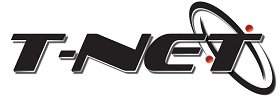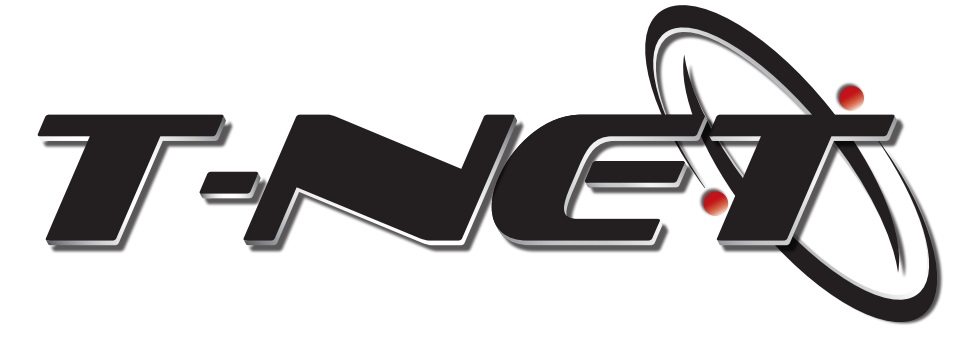Unlike SL and UOP depreciation, DDB depreciation ignores residual value until the end of an asset’s life. Notice once again that the ending book value of the delivery truck, $6,000, equals its residual value, as it did with SL depreciation. The final column shows the asset’s book value, which is its cost less accumulated depreciation. This formula is best for production-focused businesses with asset output that fluctuates due to demand.
- To compute depreciation expense year after year, you multiply the actual number of units the machine makes during the year by the depreciation rate.
- What if you have fixed assets that are not expected to depreciate linearly?
- Depreciation is an important accounting term that shows the steady loss of an asset’s value over time.
- These different methods of depreciation are applied to fixed assets based on the plan that how the cost should be treated as expiring over the life of the assets.
Units of Production Depreciation
The Double Declining Balance Method is a method of accelerated depreciation that assigns a larger depreciation expenditure in the early years of an asset’s useful life. This strategy believes that an asset’s wear and tear is greater initially and steadily diminishes over time. The sinking fund approach is a way to figure out how much an asset has depreciated and, at the same time, set aside money to replace the asset when it’s no longer useful. This method is handy when dealing with costly assets that will eventually need replacement. Instead of facing a big expense all at once, companies set up a sinking fund.
Modified Accelerated Cost Recovery System (MACRS) Depreciation
The sinking fund method determines how much an asset has depreciated while also setting aside money to replace the asset when it is no longer usable. This strategy is useful when dealing with expensive assets that will ultimately need to be replaced. Companies establish a sinking fund rather than incurring a large expenditure all at once. The Written Down Value (WDV) method of depreciation calculates how much an asset’s value has decreased over time. WDV focuses on lowering book value rather than distributing the expenditure equally across the years. The depletion method of depreciation is used to spread the cost of natural resources like minerals, oil, or lumber across the time period in which they are harvested or used.
Then, they can land over an equal loss value over each accounting period. Asset Panda’s robust platform can be easily customized to track and manage all the assets your organization relies on. Beyond providing real-time visibility into your asset inventory, Asset Panda can track depreciation using various methods and even automate these calculations on a set schedule. With our fixed asset and depreciation tracking solution, your organization can save time, improve data accuracy, and enhance tax compliance.
- The economic life of a car may be 7 years and its physical life may be 10 years, but if a company has a policy of trading cars every 3 years, the useful life for depreciation purposes is 3 years.
- This method is often used for assets where the wear and tear depend on the level of activity rather than the passage of time.
- Depreciation provides a more realistic picture of an asset’s diminishing value and follows accounting standards, assisting in financial reporting and decision-making processes by spreading the expense.
- With the Units of Production method, an asset’s depreciation is calculated by its output rather than the time passed.
- The fixed instalment method of depreciation, like the straight-line technique, assigns the cost of an item equally across its useful life.
Methods and Formulas For Calculating Depreciation
So, three main methods of calculating depreciation depreciation refers to the “using up” of a fixed asset and to the process of allocating the asset’s cost to expense over the asset’s useful life. The process of allocating a fixed asset’s cost to expense over its useful life is referred to as depreciation. Depreciation matches an asset’s expense against the revenue generated from using the asset, thereby adhering to the matching principle.
So that must be allocated and it is done smoothly using the depreciation method. If the residual value is high enough, it is possible that the depreciation expense during the second-to-last year could be reduced, and there would be no depreciation in the final year. An asset that has reached the end of its estimated useful life; no more depreciation is recorded for the asset.
Straight Line Method
Double declining balance method is a type of diminishing balance method in which the depreciation factor is 2X than the straight-line method. The straight-line method of depreciation is the most simple and easy to use depreciation method. It is also called the Original cost method, Fixed Installment method or Equal Installment method. The same amount of depreciation is charged every year on the original cost of the asset. The amount of depreciation is charged to the Profit and Loss Account every year.
Then, multiply this figure by the number of units of goods or services produced during the accounting period to find the period’s depreciation expense. Maintaining detailed fixed asset records with comprehensive documentation of all depreciation decisions helps avoid these issues while supporting accurate financial statements and tax compliance. In Accounts, Depreciation can be defined as the method of allocating the cost of a physical asset over its useful life or the time period it is to be used for. In simple words, depreciation is the reduction in the value of an asset due to the passage of time, normal wear and tear and obsolescence.
One often-overlooked benefit of properly recognizing depreciation in your financial statements is that the calculation can help you plan for and manage your business’s cash requirements. This is especially helpful if you want to pay cash for future assets rather than take out a business loan to acquire them. Finally, robust depreciation software provides audit trails documenting all asset transactions, depreciation calculations, and methodology changes. These detailed records prove invaluable during internal reviews, external audits, and tax examinations, potentially saving significant time and reducing compliance risks. As we already know, the purpose of depreciation is to match the cost of the fixed asset over its productive life to the revenues the business earns from the asset. Accumulated depreciation is the total depreciation of the fixed asset accumulated up to a specified time.
Depreciation is a major issue in the calculation of a company’s cash flows, because it is included in the calculation of net income, but does not involve any cash flow. Since depreciation is a non-cash transaction, a cash flow analysis requires the inclusion of net income with an add-back for any depreciation recognized as expenses during the period. The Double-Declining Balance method is also known as the reducing balance method. It is used to measure the expense of a long-lived asset and is an accelerated depreciation calculation method used in business accounting. The DDB method calculates more considerable depreciation expenses during the earlier applicable years and smaller ones later.
Multiply the asset’s cost ($200,000) by the percentage for the second year to get $76,000. It’s obvious that this is the highest percentage of depreciation deduction out of all of the examples, which is why it is the primary method for depreciation in tax statements in the United States. If your organization maintains fixed assets like buildings, vehicles, furniture, or equipment, it’s in your best interest to track their depreciation. If you’ve heard of appreciation–when an asset becomes more valuable as time passes–it’s just the opposite.
In order to determine double declining balance depreciation, you must first calculate the straight-line depreciation. So going back to our previous example, we calculated the current value of ABC Organization’s computers. Each year following the first year, we would deduct an additional 24% from the computers’ declining value until their book value matches their salvage value.
Tax regulations and accounting standards often provide guidelines for reasonable useful life estimates for different asset categories. Once a depreciation method is selected for an asset, it should generally be used throughout that asset’s life to ensure financial statements remain comparable year over year. This consistency helps stakeholders analyse financial performance without accounting methodology changes skewing the data. But when it comes to fixed assets like machinery, equipment, or office furniture, we can’t just expense the entire cost at once. This article explains the differences between the straight line method, accelerated method, and the units of production method of deprecation, and shows how to calculate all three.
Document all assumptions and calculations for audit purposes and accounts payable reconciliation. Buildings, furniture, office equipment, machinery, etc., are examples of fixed assets. Under this method, we charge the depreciation on the asset on the basis of units produced during the year. This method is applied in Plant and Machinery as their wear and tear depending on how much they are used. This method offers simplicity and uniformity in spreading the cost of an asset, aiding in accurate financial reporting and budgeting. This depreciation technique is a less prevalent way of dispersing an asset’s cost over its useful life.
It allows management to tie asset output to the amount of annual depreciation expense. Unlike straight-line depreciation, declining balance methods allocate higher depreciation expenses in the earlier years of an asset’s life, gradually decreasing over time. This approach better reflects the depreciation pattern of assets that lose value more rapidly in their initial years of use, such as vehicles or technology equipment. Deciding what depreciation method to use will affect your net income. For instance, under the accelerated depreciation methods there will be a higher depreciation expense in the early years compared to a straight line method.







Nedavni komentarji